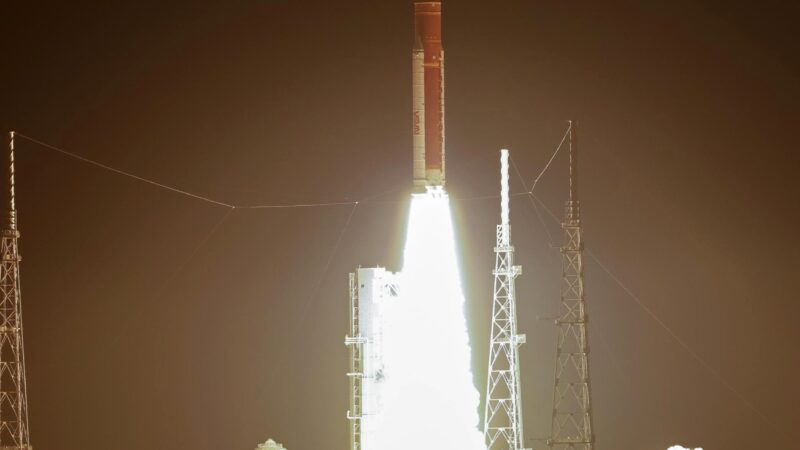A complete success ! The Mengtian Laboratory Cabin Module was launched

Overview
A Long March-5 rocket carrying the Mengtian laboratory cabin module of the Tiangong Space Station blasted off at 15:37:13 PM on October 31.
Eight minutes after liftoff, the module was successfully put into orbit, ready to dock with the Tiangong space station complex in accordance with the scheduled procedures.
Mengtian laboratory cabin module

The Mengtian laboratory cabin module in launch
Mengtian[1] , officially the Mengtian laboratory cabin module ( Chinese : 梦天实验舱), is a major module of the Tiangong space station.
It was the second Laboratory Cabin Module launched, after the Wentian module, and the second module to extend the existing Tianhe core module of the station.
Detail

Diagram of the Mengtian module
The second LCM, Mengtian, was launched in 31 October 2022. The Mengtian module is equipped with expanded in-orbit experiment capacity, including eight research cabins. It provides a pressurized environment for researchers to conduct science experiments in freefall or zero gravity which could not be conducted on Earth for more than a few minutes. Experiments can also be placed on the outside of the modules, for exposure to the space environment, cosmic rays, vacuum, and solar winds. It has its own airlock.
The axial port of Mengtian is fitted with rendezvous equipment and will first dock to the axial port of Tianhe. A mechanical arm dubbed, as Indexing robotic arm, looking a sort of Lyappa arm used on the Mir space station then moves Mengtian module to a portside port of the TCM. It is different from Lyappa as it works on a different mechanism. Lyappa arm is needed to control the pitch of the spacecraft and redocking in a different plane. But the indexing robot arm is used when docking is needed in the same plane. In addition to this arm used for docking relocation, the Chinarm on Tianhe module can also be used as a backup in place of Indexing robot arm.
In addition to this, it will also carry a small 5 m ( 16 ft ) long robotic arm like the Chinarm as a supplemental to that arm. It will be used for manipulating extravehicular payloads and its positioning accuracy is 5 times better than the Chinarm. Mengtian has standard adaptors ( silver squares ) to hoist the payloads. There is also an adapter by which this arm can be grappled by the Chinarm it to work a single robotic arm like Orbiter Servicing Arm on Canadarms.
Electrical power is provided by two steerable solar power arrays, which use photovoltaic cells to convert sunlight into electricity. Energy is stored to power the station when it passes into the Earth’s shadow. Resupply ships will replenish fuel for LCM 2 for station-keeping, to counter the effects of atmospheric drag.
References :










